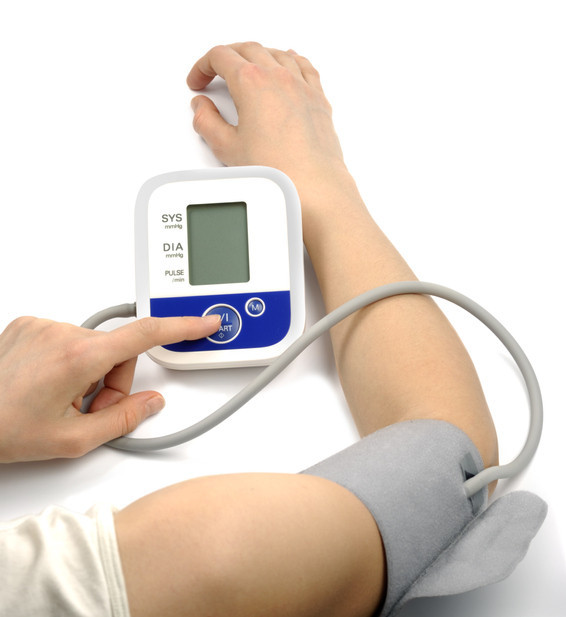Harvard Health Blog
Different blood pressure in right and left arms could signal trouble

The next time you have your blood pressure checked, don't be surprised if your doctor, nurse, or other health-care provider measures it twice—once in each arm. A significant difference in the pressure recorded in the right and left arms can signal circulatory problems that may lead to stroke, peripheral artery disease, or other cardiovascular problems.
British researchers looked at the results of 20 studies in which blood pressure was measured in both arms. People with an arm-to-arm difference of 15 points or more were twice as likely to have peripheral artery disease—essentially cholesterol-clogged arteries in the arms, legs, or other non-heart parts of the body. The name may sound dismissive, but the disease isn't. Peripheral artery disease affects at least 12 million Americans, more than heart disease and stroke combined. It kills some, maims others, and makes life painful for countless more.
A blood pressure difference of 10 to 15 points or more between arms also boosted the chances of having a stroke or dying from cardiovascular disease.
Why does blood pressure differ between arms?
Different blood pressure readings in the right and left arms that vary by a few points aren't anything to worry about. It's actually quite normal. A difference of more than 10 points, though, could suggest trouble.
In younger people, side-to-side differences in blood pressure can occur when a muscle or something else compresses an artery supplying the arm, or by a structural problem that prevents smooth blood flow through an artery.
In older people, it's usually due to a blockage arising from atherosclerosis, the artery-clogging disease process at the root of most heart attacks, strokes, peripheral artery disease, and other cardiovascular conditions.
A less common cause of blood pressure that is different in each arm is an aortic dissection. This is a tear inside the wall of the aorta, the main pipeline of oxygenated blood from the heart to the body.
Try this at home
At your next doctor's visit, ask to have your blood pressure checked in both arms. If there's a difference greater than 10 point, another test called the ankle-brachial index might be in order to check for peripheral artery disease. It might also be a good time to get serious about taking care of your heart and arteries.
If you take your blood pressure at home, you can do it yourself. There are many good reasons to check your blood pressure at home. The result might be closer to your usual blood pressure than the result in a doctor's office, and you might do a better job of measuring your blood pressure.
That's why the Harvard Heart Letter urges people to check their own. All it takes is a home blood pressure monitor, a few simple instructions, and a few minutes (watch our video on taking your blood pressure).
Here are a few tips to help you start monitoring your blood pressure at home:
- Avoid caffeine, alcohol, and nicotine during the 30 minutes before you take your reading.
- Sit quietly for a few minutes with your back supported and your feet on the floor.
- When making the measurement, rest your arm so your elbow is at the level of your heart.
- Wrap the cuff over the bare skin of your upper arm. Measure your blood pressure according to the machine's instructions. Leave the deflated cuff in place, wait a minute, then take a second reading. If the readings are close, average them. If not, take a third reading and average the three.
- Repeat the procedure in the other arm.
If the different blood pressure readings in your arms are off by more than 10 or 15 points, mention this at your next doctor visit and ask your doctor or nurse to check both arms.
Image: Amorphis/Getty Images
About the Author

Patrick J. Skerrett, Former Executive Editor, Harvard Health Publishing
Disclaimer:
As a service to our readers, Harvard Health Publishing provides access to our library of archived content. Please note the date of last review or update on all articles.
No content on this site, regardless of date, should ever be used as a substitute for direct medical advice from your doctor or other qualified clinician.












